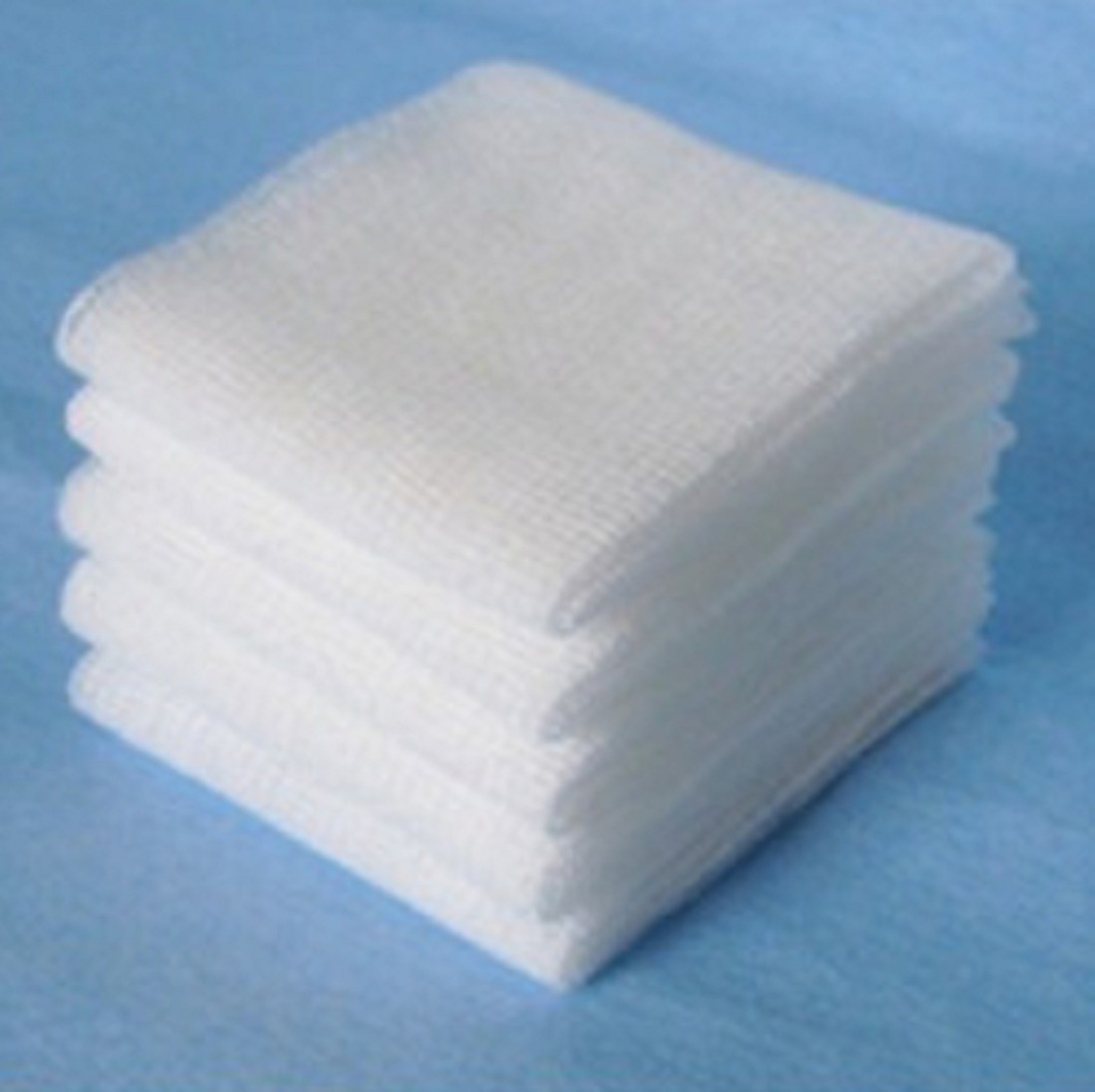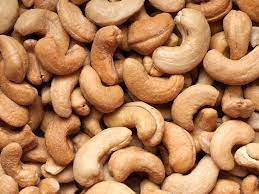
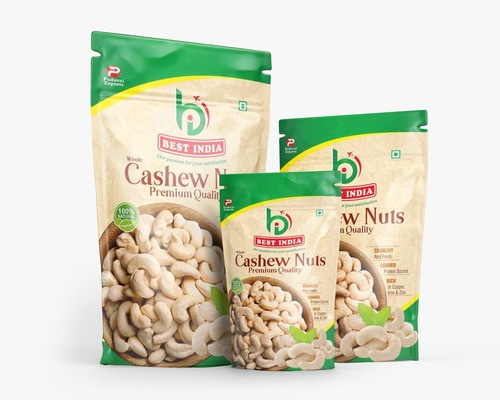
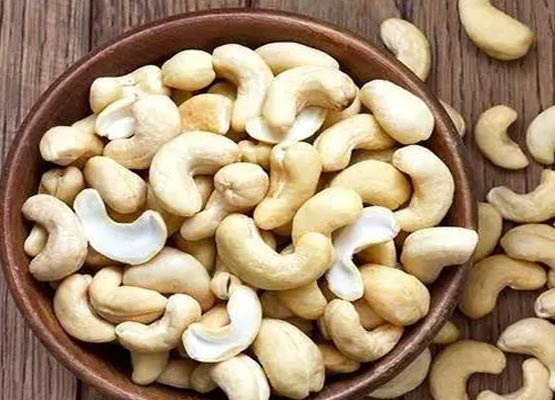
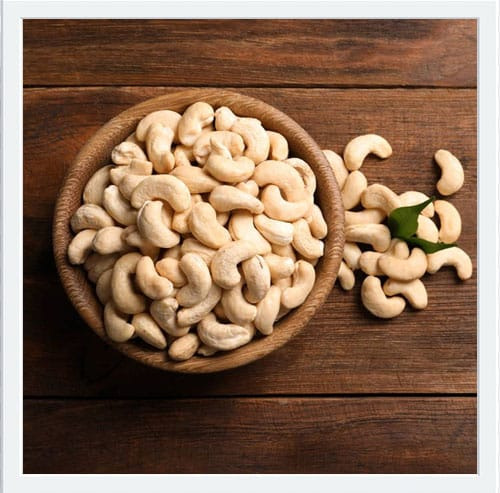




TOP QUALAITY CASHEW NUTS
Sold by
puduvaiexports
Price in USD
$1.50
.Per
Acre/Acres
Minimum Order Qty
: 15 metric tonnes
Material Type
:
Size
:
Color
:
Price Term
: FOB
Payment method
: TT
Shipping Port
: Chennai
Packing Type
: Tin packing/ Vacuum Bag , Or As Per Buyer Requirem
Shelf Life
:2 years
Other Specification
:
Brand Name
:Buyer Brand
Shipping Time
:0 Days
Seller

puduvaiexports
No.12, First Floor, Kambar street,Shanthi Nagar, Lawspet, Puducherry-605008
(329
customer reviews)
Top Selling Products
-
$0.10
-
$62.00
-
$45.00
-
$17.00
-
$134.00
-
$174.00
Frequently Bought Products
Top Selling Products
-
$0.10
-
$62.00
-
$45.00
-
$17.00
-
$134.00
-
$174.00
Bizcoverindia.com



